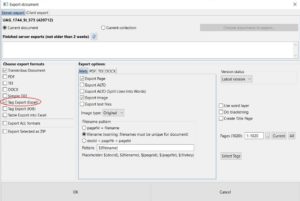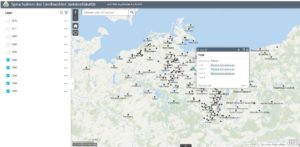New public model – German Kurrent 17th-18th
Today we are proud to present our second publicly available HTR model.
“German_Kurrent_17th-18th” is an HTR model for current scripts of the 17th and 18th century. For this model we used ground truth from our various larger and smaller projects of the last four years.
It is a generic model that includes material from about 2000 individual writer’s hands. About 35% of the Ground Truth comes from 17th century manuscripts and 50% from 18th century manuscripts. The remaining 15% are spread over the decades before and after. The documents selected for the training consist mainly of official minutes and legal documents, but also private records and letters of the time. In addition, a few contemporary printed materials (Fraktur), which appear in the records from time to time, were also used for the training. The language of the texts used is predominantly German and Latin. In addition, some Low German and French texts were also used.
Have fun trying it out. Please use the comments to let us know how the model works for you.


